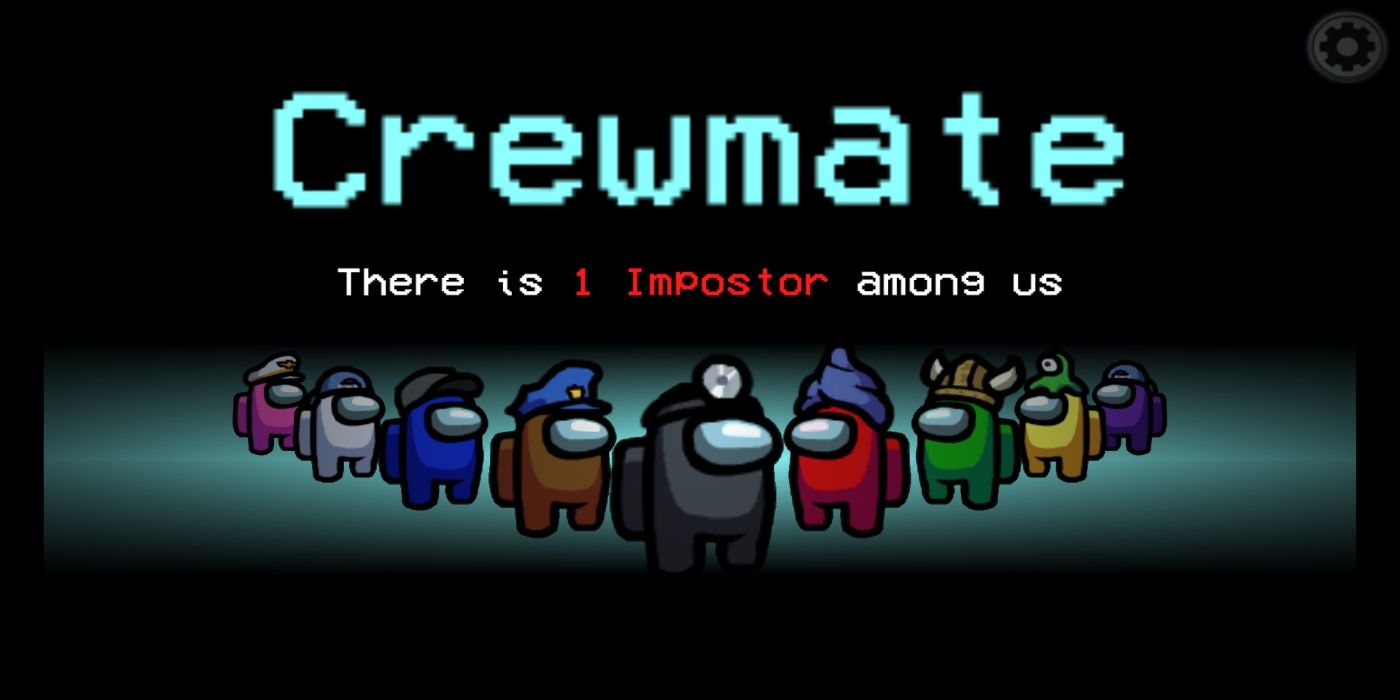Crewmates do have the advantage in Among Us, but it can be incredibly difficult for them to win. There are three reasoning tools crewmates can use to win more often, if not every time. Those are Deduction, Abduction, and Induction.
Deduction is the Sherlock Holmes kind of logical reasoning, and crewmates can use this at the start of the game to begin narrowing down suspects. Often after the first kill, there will be around 2 to 4 potential suspects, all with their own alibi. This is the point where many Impostors will say they were with someone else, typically the other Impostor but not always, to get cleared of wrongdoing. The astute crewmate will pay attention to these alibis and keep track of who was with whom and who has seen what. An example might be a group of players waiting to perform a Medbay scan. If Red saw Yellow scan, Yellow saw Cyan scan, and Cyan saw Red scan, Yellow can reasonably assume Red is innocent and vouch for that innocence.
Abduction is a principle of logical reasoning that combines unconfirmable and confirmed information to get to an answer. This is a strong way to determine who the Impostor is, but it can also be flawed if the Impostor is especially good at framing. Abduction happens when two players are found near a dead body and are accusing one another of being the Impostor. If Red dies and Yellow and Cyan are nearby, the crewmates will reasonably assume one of them is responsible. If Yellow is then killed the next round, crewmates are likely to assume Cyan is responsible, even though an Impostor might be framing Cyan. Crewmates may use this reasoning because they perceive the benefit of possibly kicking out the Impostor outweighs the cost of inadvertently booting an innocent crewmate.
Induction is a type of logical reasoning wherein the crewmate will note a pattern of suspicious behavior or safe behavior from another player. Mentally, they are likely to assign points for suspicious versus safe behavior patterns and make judgements based on the more consistent pattern. This is often a longer waiting game where the crewmate observes for a few rounds, and particularly intense players may even keep notes to help them keep track. This kind of reasoning is a bit weaker than the other two, as players can fall prey to confirmation bias if they are looking too hard for suspicious behavior from another. Still, if Red notices that Cyan is performing a task and the taskbar moves, and can’t seem to find where Yellow has gone, it is usually safe to assume Cyan is innocent and Yellow might be the Impostor.
It’s also a good idea for Crewmates to recognize and quantify what constitutes suspicious behavior as objectively as possible. For example, If two players counter-accuse one another, it is very likely one is the Impostor, and it is safer to eject both even if it means losing an innocent crewmate. Players who ask a lot of questions that don’t seem relevant and just add more information to the discussion and waste time are suspicious and should be questioned, followed, or otherwise monitored. Players who talk a lot are also somewhat suspicious, especially if it seems they are trying to spin a tale.
Crewmates should be sure to pay attention to what other players say about where they were and what they were doing. Here, Occam’s Razor will often apply, and the most simplistic and plausible answer will be the correct one. For example, if the pathing a player describes taking seems off or counter-intuitive, then it probably is, and that player is a strong candidate for Impostor.


